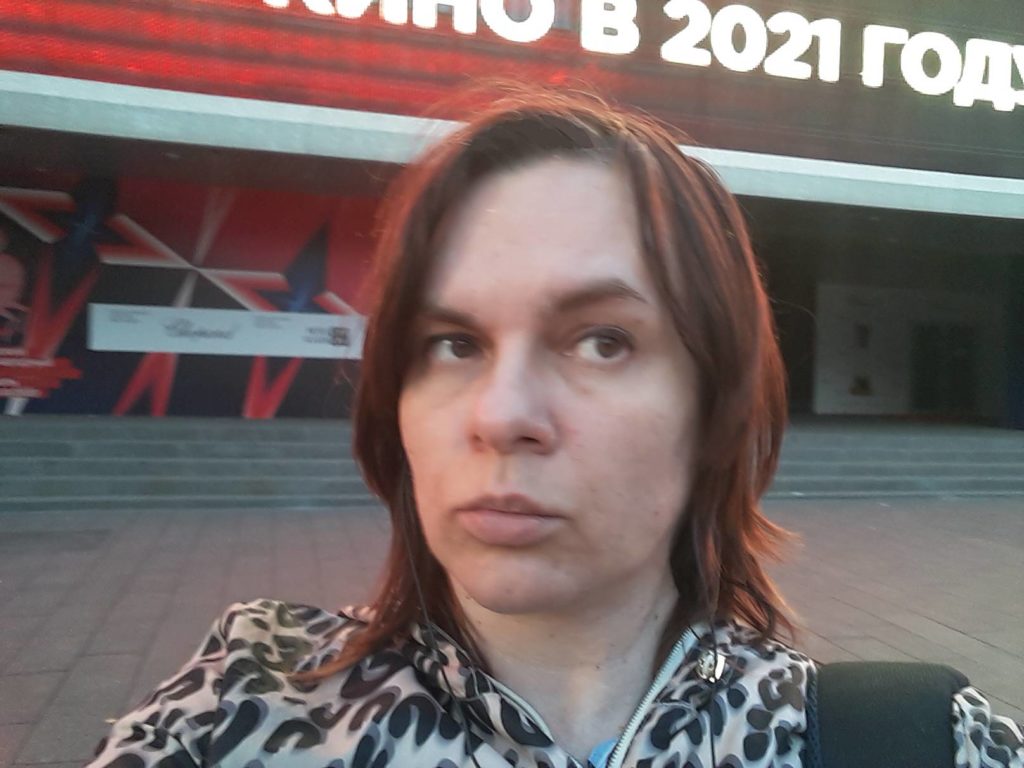I met books in my life that I often re-read as a teenager and about which then I remembered all my life with a warm feeling, amazed at my own emotions while reading. In fairness, I will note that the available choice for reading was by no means as rich as it is today, but still we saw on the bookshelves the spines with titles that had passed, in the opinion of competent persons, all kinds of censorship, both in terms of quality and for ideological reasons. For example, the “door in the wall” from the story of the same name by H.G. Wells became a completely archetypal concept for me for the rest of my life – I must say that in childhood and adolescence, the bright image of a door entwined with wild grapes and capable of hiding in the space of an ordinary-looking gray city, invariably excited my imagination.
Just now I re-read this short story, and my expectations were not disappointed, and this time – I was touched again – however, this time it was more from my own memories, not allowing the ice of stinging criticism to penetrate my soul.
This time, the described Garden of Eden unexpectedly reminded me of a visit to Rodini Park in the city of Rhodes … In general, this entire subconscious memory mechanism is truly amazing, because, to be honest, I cannot say that I remember visiting this park so frequently or that it was the most interesting park in my life … Apparently, a certain majesty and serenity, which gives this place its venerable age – really, the park erased at the end of the 5th century BC, and thete are pointers to the mausoleum of Ptolemy, – has affected. Indeed, centuries pass ater centuries, and the park still stands in the same place, indifferent to the passage of time and even more so to people with their vain concerns.
I have found that this story, with its thought of the amazing places lost in rather familiar space so close to us, has influenced my entire life.
The Wallace’s school games with an attempt first to get lost and then find the right path reminded me of our childhood fun with space, which my girl friends and Iused to play in the vicinity of our house, about which I write in my book “I Am Becoming a Woman”
“We had such fun with Tanya: being impressed by the intricacies of the streets, we used to hit the road with the intention of getting lost. We were satisfied when, after having strayed among the streets and having time to be seriously scared, we suddenly found our house on the wrong side from where we left.”
The way his household greeted unkindly Wallace after his returning home echoes this fragment of “I am becoming a woman”.
“Then it turned out that they were looking for us at this time – we had gone as far away from home as never before … But this was a necessary feature of any more or less interesting activity: a reckoning in the form of censure from parents was to come inevitably.”









